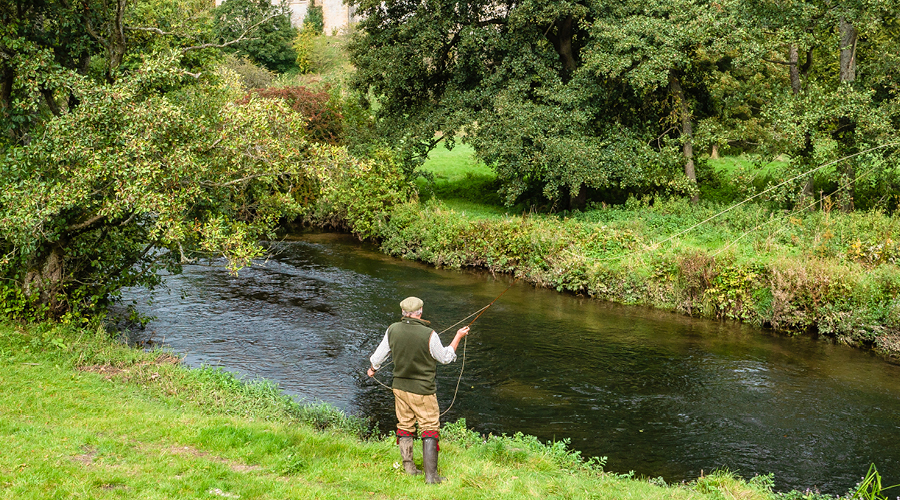

Fishing rights can be a valuable asset and it’s important that care is taken to protect them. This article considers how fishing rights can be acquired in non-tidal waters. I will address statutory controls, such as the Environment Agency’s fishing licensing regime, in a second article.
What are fishing rights?
Fishing rights are the right to catch fish in water and to take them away. A grant of fishing rights will often be unrestricted, allowing all species of fish to be caught and taken. The nature of the fishing rights will depend on whether:
- The rights are owned with the soil beneath the relevant waters or whether the fishing rights have been severed from the soil
- Whether the rights are exclusive, or whether they are held in common with others.
Who owns fishing rights?
Fishing rights are associated with the ownership of the land which abuts and lies over the relevant waters. The ownership of the soil beneath the water bestows ownership of the fishing rights, unless the fishing rights have been severed from the soil ownership. Where rights have been separated from the ownership of the riverbed, such as by an outright sale, then the rights become a separate legal interest from the land and can be registered as a ‘profit a prendre’.
Fishing rights can be acquired by an express grant, such as by a sale or lease. They can also potentially be acquired by prescription, following long-term use.
There is a rebuttable presumption that the owner of land abutting natural, non-tidal waters will own the bed of the river or stream up to its centre point. This is known as the ad medium filum presumption. In the case of a river fishery, there is no right to fish beyond the centre line where the relevant banks are in separate ownership. Where both banks are in the same ownership, then it will also be presumed that the owner owns all the soil between the two banks and the fishing rights in the waters above.
Should the ad medium filum presumption apply, and land on the banks of river or stream is sold, then the presumption will continue to apply following the sale in the absence of any evidence to the contrary. This will hold even if the transfer plan as part of the sale does not expressly include the riverbed. If the intention is for any fishing rights to be excluded from a sale, then the sale documents should make specific provision for this, as the case study below demonstrates.
Case study: defending a fishing rights claim
We acted for clients who successfully defended a claim that they did not own fishing rights adjacent to their property. A third party (“Mr A”) claimed that he owned the fishing rights and made an application to the Land Registry for the rights to be registered with him. Mr A owned other land along the river and his parents had previously owned our client’s property, albeit some time ago, and before the property had been sold to the party from whom our clients had purchased it.
Mr A had sought to claim that the ad medium filum presumption could be rebutted and so the fishing rights had not passed to our clients (or their predecessors) when they had purchased the property. Our clients were able to produce evidence in support of their position that the fishing rights had not been separately disposed of prior to their or their predecessor’s purchase and so the rights had not therefore, as Mr A claimed, been vested in him and his family.
If you have a query about the registration or ownership of fishing rights, then please do not hesitate to contact our fisheries and water law expert Michael Goodwin.










